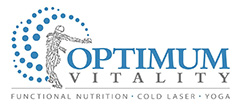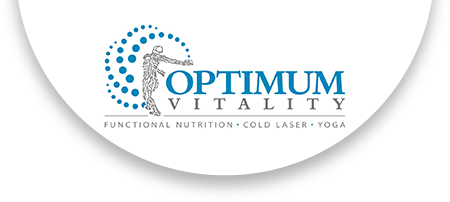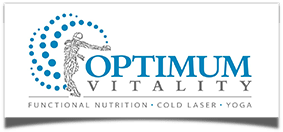Chemicals

Chemicals, similar to heavy metals, are found in varying quantities in our environment. However, the difference is that our body doesn’t require trace chemicals in order to function optimally. Chemical toxicity has skyrocketed with the change in agriculture, industry and technology. We are exposed to many more chemicals now than we ever were 75 years ago. The growth of specific industries has created problems with disposing of chemicals by depositing them in the water and burying them in the land which has not done any good. The constant bombardment taxes our detoxification pathways in such a way that proper detoxification begins to slow down and toxicity builds up in the body.
Did you know Industry does not have to test chemicals for safety before they go on the market?
To date, the EPA has only reviewed a few hundred chemicals for safety. There are more than 80,000 chemicals currently being used in consumer products that the federal government and consumers know little to nothing about.
An average of 200 chemicals were found in the umbilical chord of babies! Of the 287 chemicals Environmental Working Group (EWG) detected in umbilical cord blood, 180 cause cancer in humans or animals, 217 are toxic to the brain and nervous system, and 208 cause birth defects or abnormal development in animal tests.
Toxic chemicals are given a variety of names: carcinogens, developmental toxins, neurotoxins, endocrine disruptors – they all cause damage in excess in the body. The list of chemicals we’re exposed to seems never ending. Below are a few:
- Food additives
- Pesticides
- Herbacides such as Glyphosphate
- Bisphenol A (BPA – a synthetic estrogen)
- Phthalates (an endocrine disruptor “plasticizer”)
- Dioxin (a by-product of industrial processes, including smelting, chlorine paper bleaching and pesticide manufacturing)
- Fire Retardants (found in furniture such as mattresses & child car seats, toys, bibs, etc)
Have you ever drank out of a plastic water bottle? Have you used non-stick cookware or non-stick cooking utensils? Microwaved food in the packaging provided? Eaten non-organic food? Consumed canned food? Used perfume or cologne? We make sure these excess toxins are not a stressor to your health.
- Urbina, Ian. “Think those Chemicals Have Been Tested?” Web Blog Post. Sunday Review News Analysis. The New York Times, 13 Apr. 2013.
- Environmental Working Group. The Pollution in Newborns: A benchmark investigation of industrial chemicals, pollutants and pesticides in umbilical cord blood. 2005.


